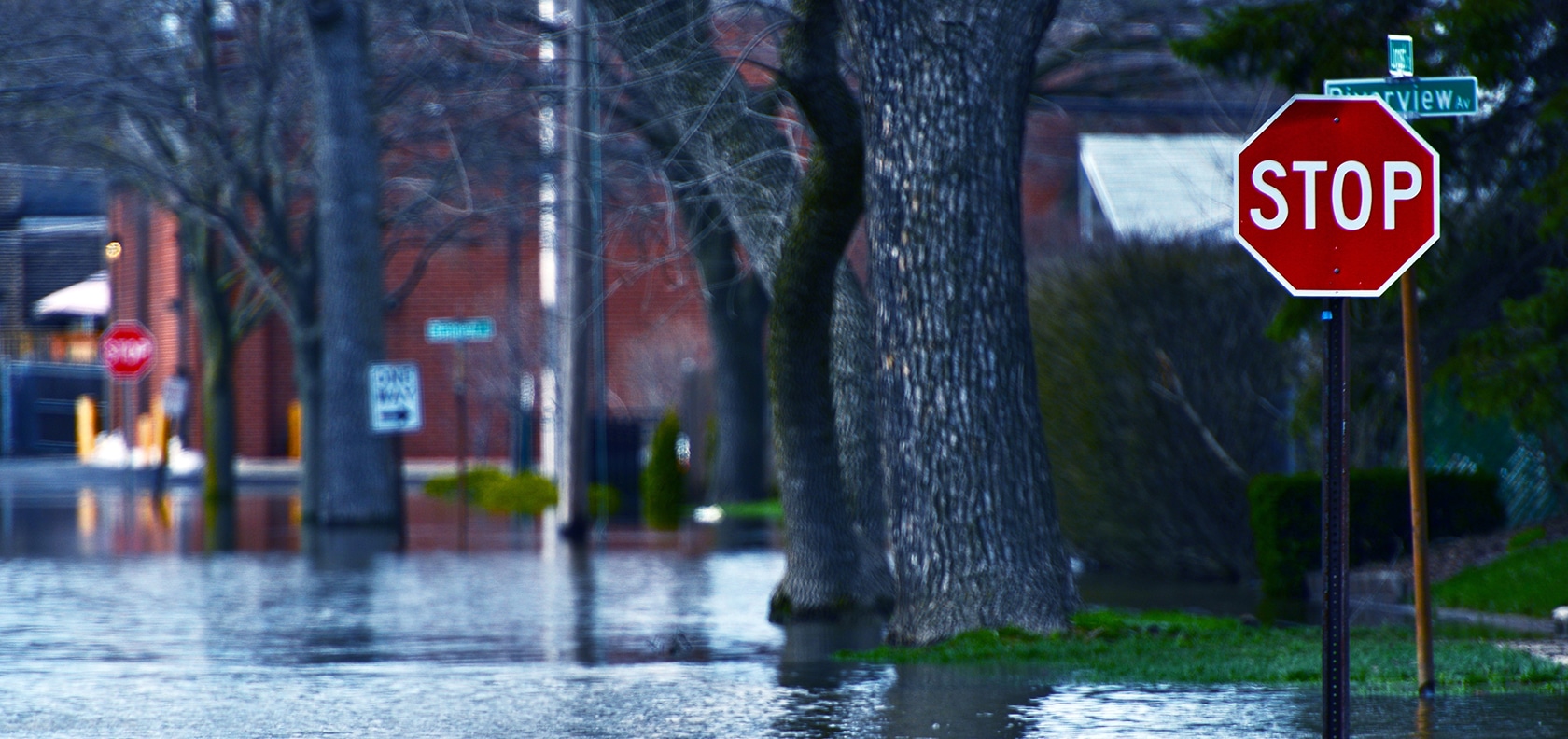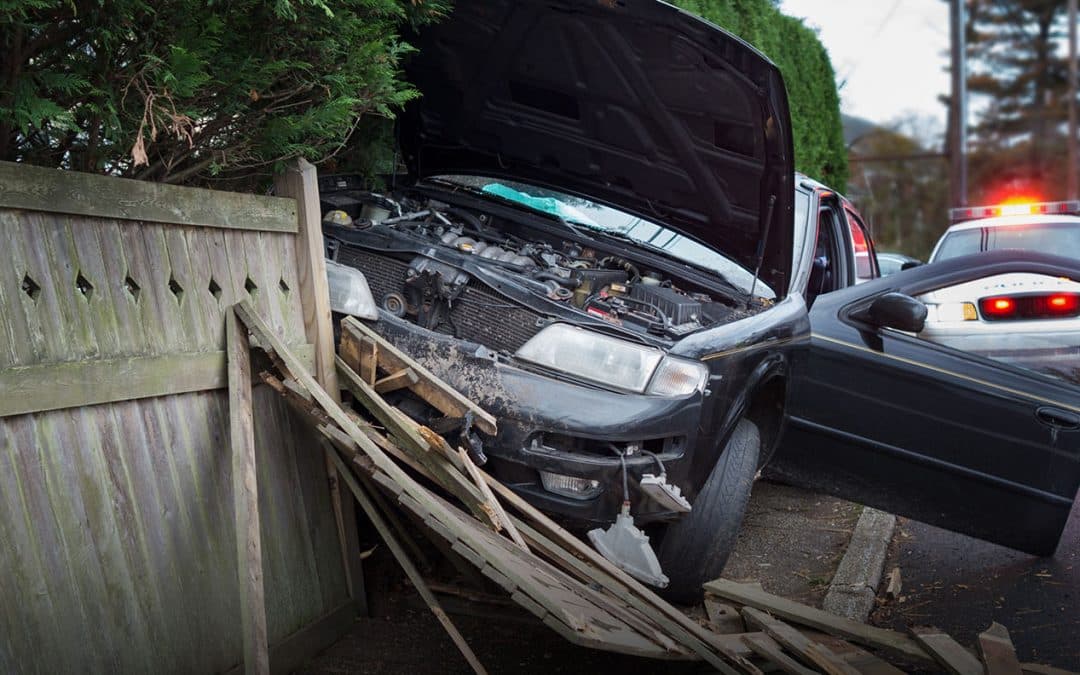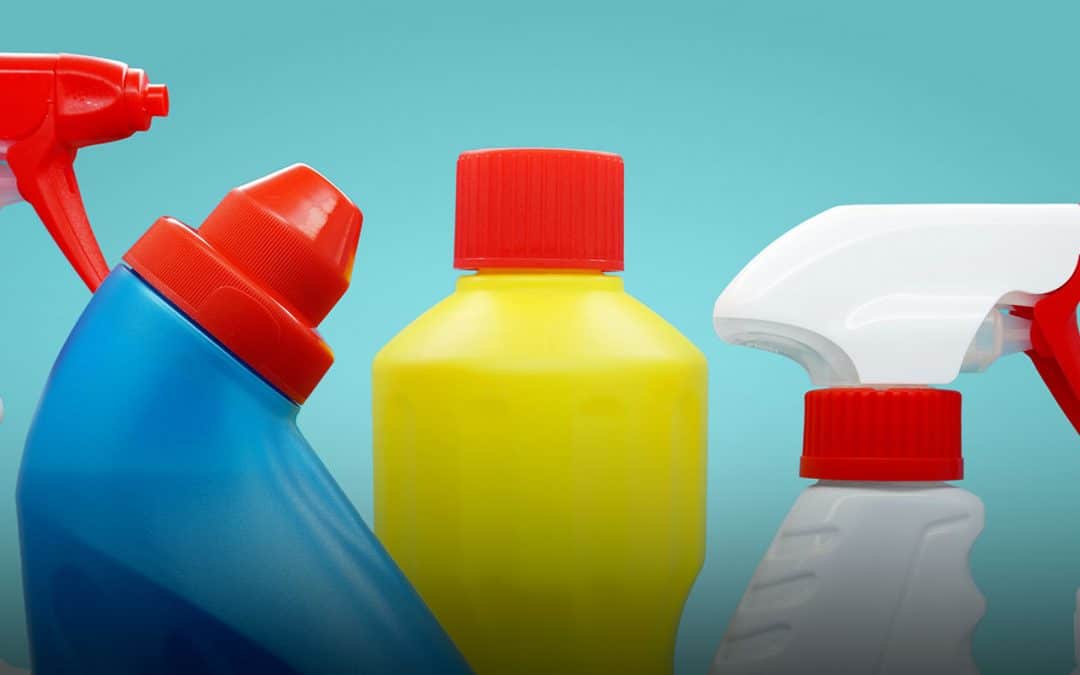Floods are one of the most common disasters in the United States, as well as the costliest. You don’t need to live in a flood zone to be impacted, as anywhere it rains, it can flood.
According to the National Oceanic and Atmospheric Administration (NOAA), flooding is the overflowing of water onto normally dry land. Floods can happen during storms and hurricanes, heavy rains, when ocean waves come on shore, when snow melts quickly, when groundwater reaches a saturation, or when dams or levees break.
What are the differences between Flood Watches and Warnings?
To prepare for flooding situations, it’s essential to know the difference between the types of warnings issued by NOAA:
Flood Watch: NOAA will issue a Flood Watch when conditions are favorable for flooding. It does not necessarily mean flooding will occur, but it is possible.
Flood Advisory: A Flood Advisory is issued when flooding is not expected to be bad enough to issue a warning, but may cause significant inconvenience if caution is not exercised.
Flood Warning: NOAA will issue a Flood Warning when a hazardous weather event is imminent or already happening.
Flash Flood Warning: A Flash Flood Warning is issued by the NOAA when a flash flood is imminent or occurring. A flash flood is a sudden, violent, torrent of water that can take from minutes to hours to develop. If you are in a flood prone area, you should immediately move to high ground.
How to prepare during a Flood Warning
If you are under a Flood Warning, the Federal Emergency Management Agency’s Ready.gov has some safety recommendations:
- If told to evacuate, do so immediately and find a shelter right away.
- Do not walk, swim, or drive through flood waters. Just six inches of moving water can knock you down, and one foot of moving water can sweep your vehicle away.
- Do not drive around barricades, as local responders use them to direct traffic out of flooded areas.
- Stay off bridges over fast-moving water, as bridges can be washed away without warning.
- Stay inside your car if you are trapped in rapidly moving water. Get on your vehicle’s roof if water is rising inside the car.
- If trapped in a building, get to the highest level, and only go to the roof if necessary.
- Do not climb into a closed attic, as there is a risk of becoming trapped by rising floodwater.
After a flood occurs
Once floodwaters have receded, it’s essential to understand what dangers may be lurking in and around your home. If you had to evacuate, ensure local officials say it is safe before returning home. While driving home, avoid fallen utility lines and wires as they might still be live.
If there is flooding damage to your home, Ready.gov recommends the following to prevent injuries and protect your health:
- During clean-up, wear heavy work gloves, protective clothing, and boots, and use appropriate face coverings or masks.
- People with asthma and other lung conditions and those who are immune compromised should not enter buildings with indoor water leaks or mold growth.
- Do not let children participate in disaster cleanup work.
- Be aware that snakes and other animals may be in your house.
- Be aware of the risk of electrocution, and do not touch electrical equipment if it is wet or if you are standing in water.
- Turn off the electricity to prevent electric shock if it is safe to do so.
- Avoid wading in floodwater, which can be contaminated and contain dangerous debris.
- Use a generator or other gasoline-powered machinery outdoors and away from windows.
Steps to take to minimize flood losses
FEMA recommends taking the following steps to minimize flood losses:
- Elevate and anchor critical utilities, including electrical panels, propane tanks, sockets, wiring, appliances, and heating systems.
- Install a water alarm and battery-operated sump pump in the basement.
- Regularly clean roof gutters and downspouts to avoid water accumulation.
- When flooding is predicted, move furniture to a higher place and valuables to a safe place.
If you need help during or after a flood, contact the American Red Cross or a local shelter.
Before any kind of storm or disaster occurs, make sure you enable emergency alerts on your smartphone and subscribe to notifications from a reputable local news source. You can also download the FEMA App on iOS or Android.
Is water damage covered under a standard homeowner’s policy?
Under your standard homeowner’s policy, severe water damage events are typically not covered. Among those things usually not covered with MAPFRE are:
- Surface water flood damage;
- Water damage resulting from lack of maintenance or negligence;
- Repair of the source of the leak (e.g., water heater or washing machine);
- Water and sewer backup, but additional coverage may be available;
- Groundwater that enters through basement walls and floors.
Because flood water can cause extensive damage to your home and property, it’s recommended that homeowners purchase flood insurance. Flood insurance can be purchased by many private insurers or through the National Flood Insurance Program.
We hope you found these tips helpful to ensure you’re not caught off guard during a flood. Be sure you’re prepared for any situation and have the right home and auto insurance coverage with MAPFRE by talking to an independent agent in your state. You can also get a fast, free quote online in Massachusetts today to see how much you could save!



